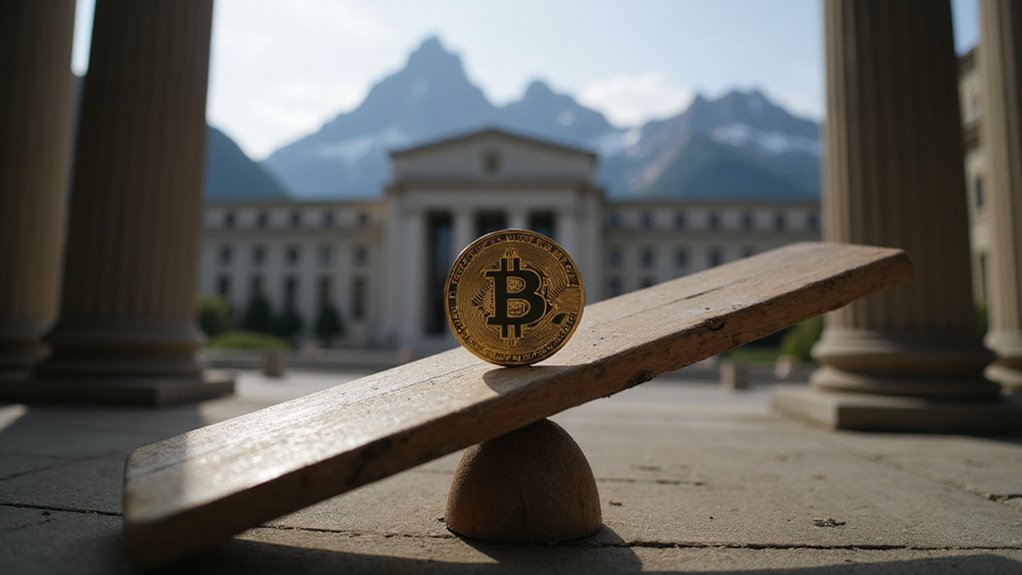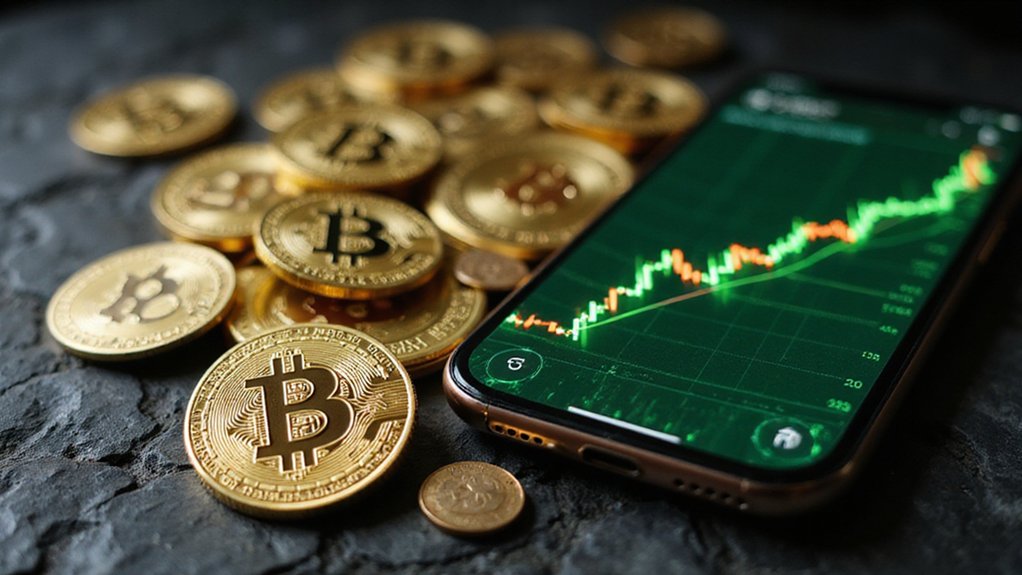A mathematical inevitability has collided with human psychology in the Bitcoin market, creating what can only be described as a perfect storm of scarcity—one that would make even the most seasoned commodities trader pause in contemplation.
The arithmetic is brutally simple: Bitcoin’s daily production has dwindled to approximately 450 coins following the latest halving, while demand has reached levels that can only be characterized as voracious.
BlackRock’s IBIT ETF exemplifies this institutional feeding frenzy, accumulating over 700,000 BTC and $84 billion in assets within twelve months—a feat that would be impressive if it weren’t so thoroughly predictable given the supply constraints. The fund’s appetite, alongside other institutional players, has created demand roughly twenty times the daily issuance rate, transforming what was once a speculative digital asset into something resembling a contested natural resource.
Perhaps more intriguing is the behavior of retail cohorts—those “Shrimp” holders (under 1 BTC) and “Crab” accumulators (1-10 BTC) who continue purchasing with remarkable price indifference.
These smaller investors collectively absorb more than the monthly issuance of 13,400 BTC, displaying conviction that borders on the theological. Their persistent buying pressure sustains momentum even during corrections, suggesting a fundamental shift in market psychology.
The phenomenon of “ancient supply”—bitcoins untouched for extended periods—adds another layer to this supply squeeze. Representing over 17% of total supply by mid-2025, these dormant coins effectively reduce circulating inventory below already constrained levels. With an average of 566 bitcoin per day entering ancient supply, the scarcity effect compounds beyond the natural halving cycle.
Long-term holders demonstrate patience that would make Renaissance masters envious, further tightening available supply for active trading. The network’s difficulty adjustment algorithms continue to recalibrate every 2016 blocks, ensuring consistent block production despite fluctuating mining power.
The market’s response has been predictably explosive. Bitcoin surged past $122,000 in July 2025, with price movements occurring in seconds rather than sessions as institutional buyers absorbed available inventory. The mining process itself has become increasingly energy-intensive over time, adding production costs that further support elevated price levels.
The combination of programmed scarcity (with over 90% of the 21 million total supply already mined), relentless institutional accumulation, and retail buying pressure has created conditions where traditional price discovery mechanisms appear almost quaint.
What emerges is a market where mathematical certainty meets psychological fervor—a combination that historically produces outcomes both inevitable and spectacular.









